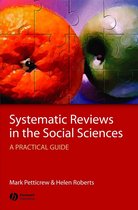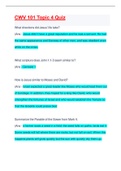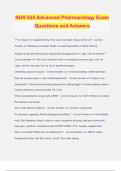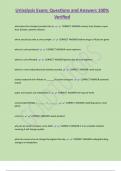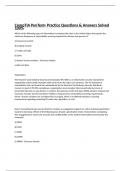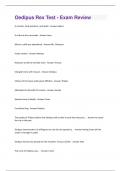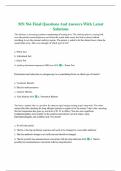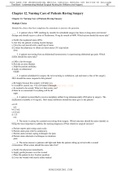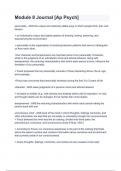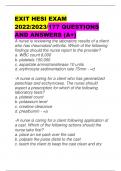Class notes
Notes Lectures Systematic Reviews in Research
- Course
- Institution
- Book
Notes of all lectures for the course Systematic Reviews in Research, the course given in period 5 of year 3 Bachelor Health and Society (BGM). Each lecture is summed up in a short and powerful way, with the explanation being divided per slide. You can also use the table of contents to learn targete...
[Show more]

